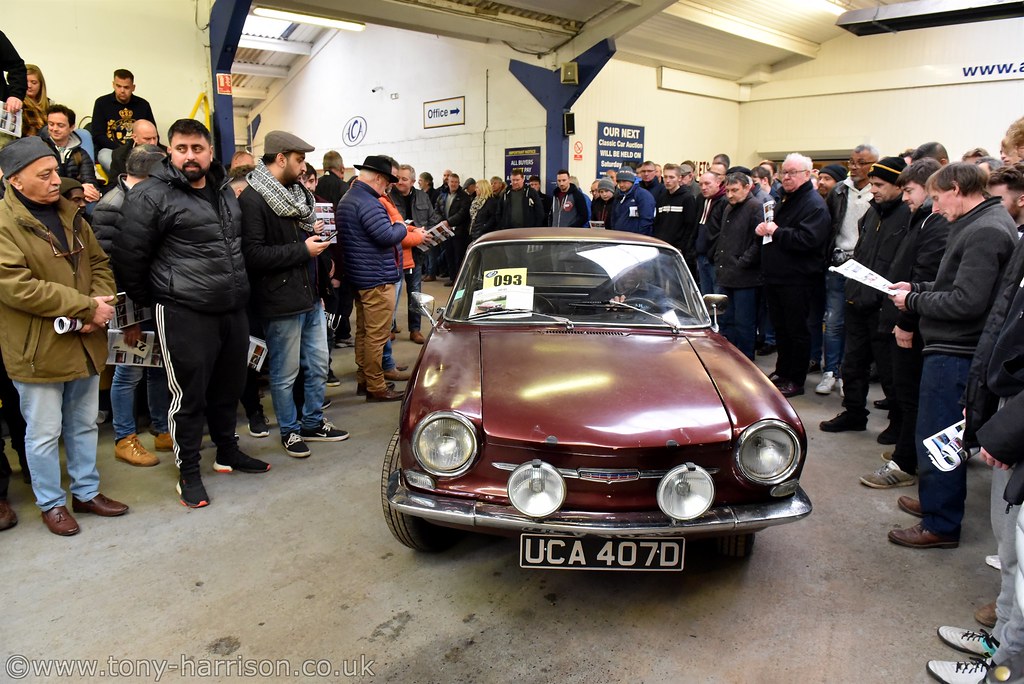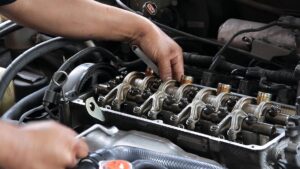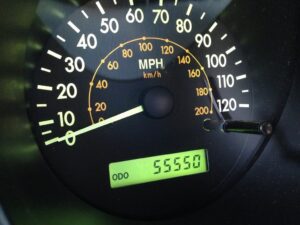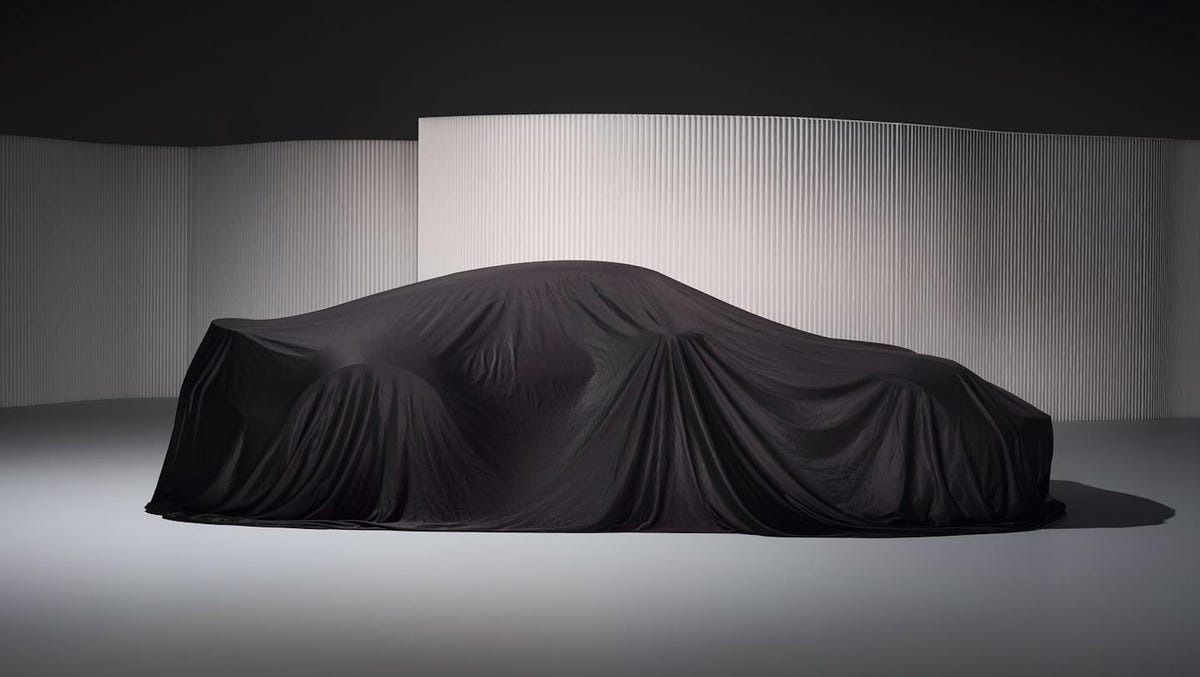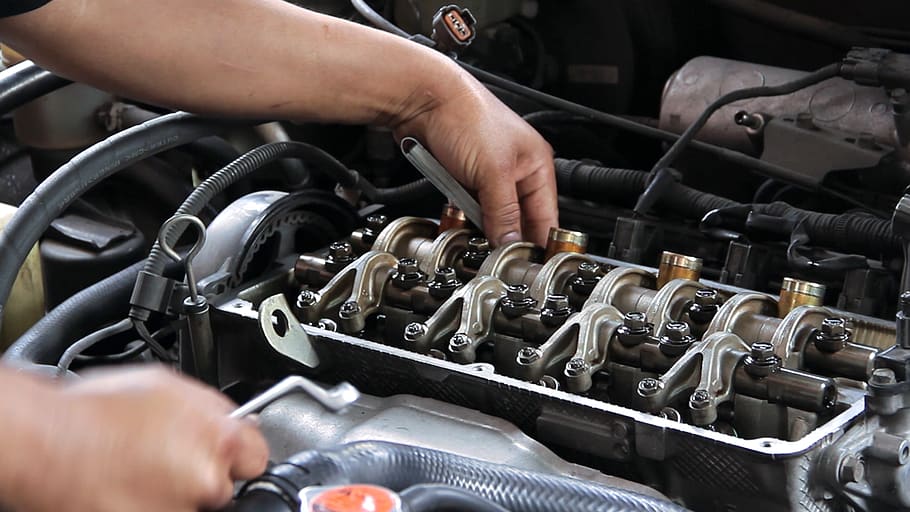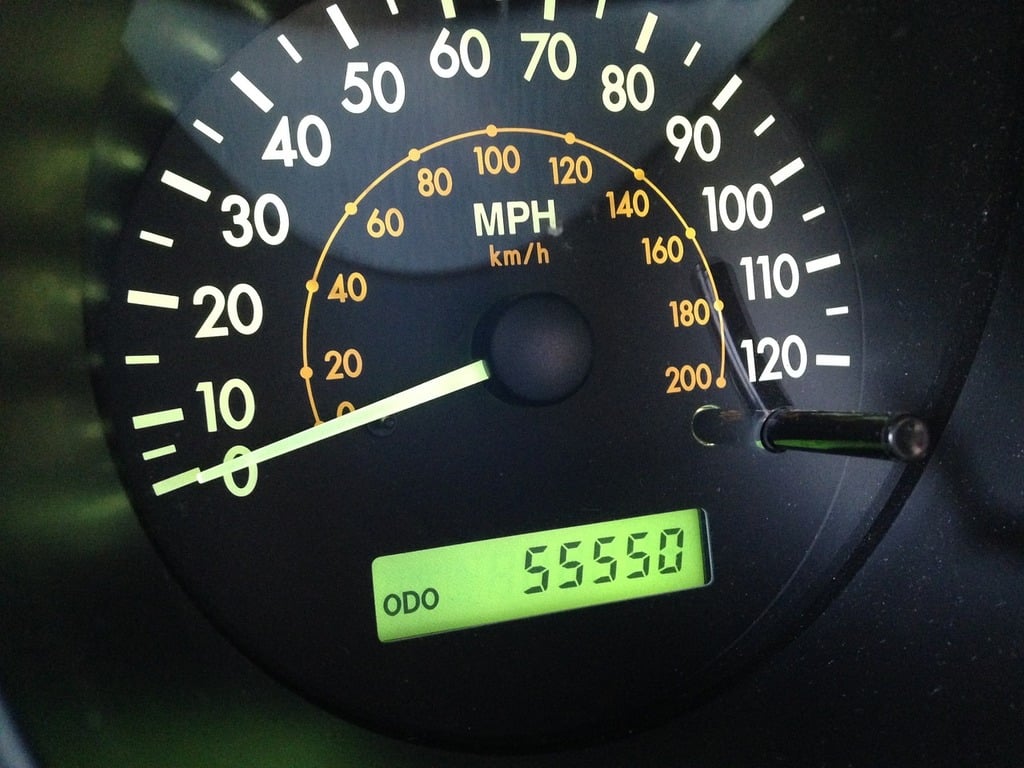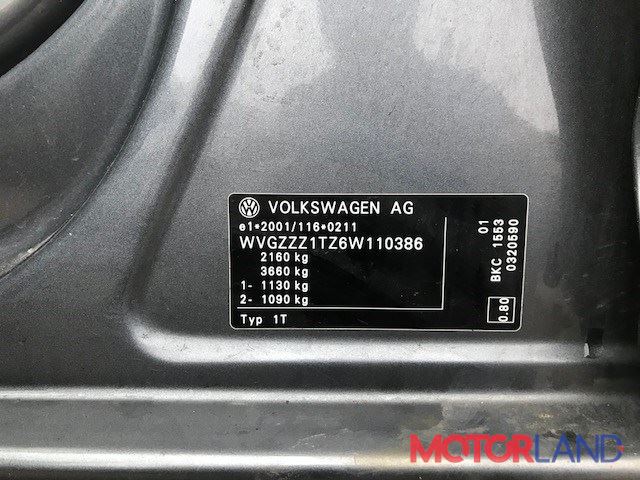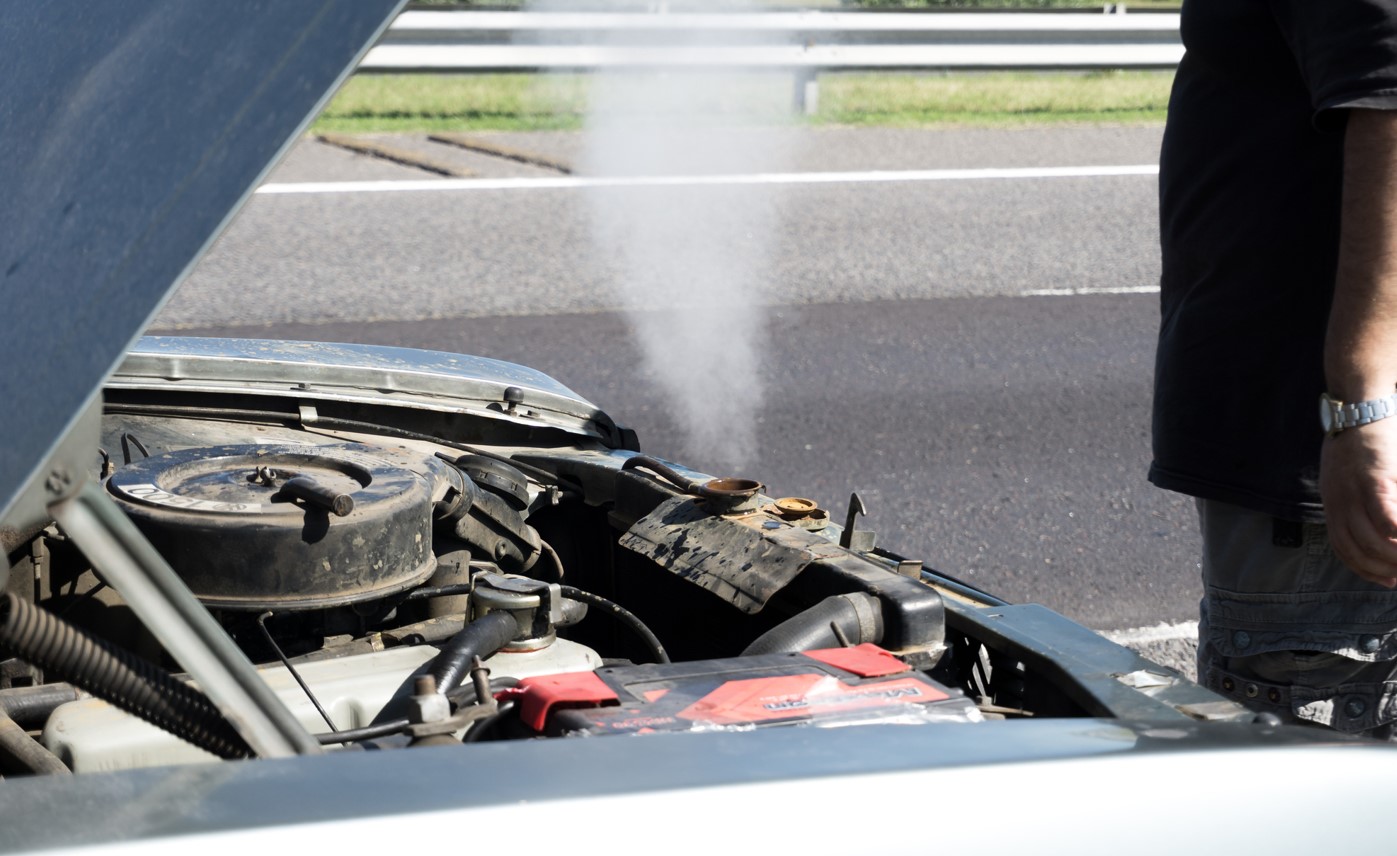So, you’re a classic car enthusiast with a hankering for the thrill of the auction? You dream of landing that ’67 Mustang fastback or a pristine ’59 Cadillac Eldorado at a steal. But the auction world can be a minefield, especially for the uninitiated. Are you worried about bidding wars, hidden rust, or worse, ending up with a lemon disguised as a diamond? Fear not, fellow gearhead! This guide is your roadmap to navigating the auction landscape and driving away with the classic of your dreams – without getting screwed.
Key Takeaways:
- Do Your Homework: Research the car, the auction house, and comparable sales data. Knowledge is your best weapon.
- Inspect, Inspect, Inspect: Don’t rely on the auction catalog description. Get up close and personal with the car before bidding.
- Set a Budget and Stick to It: Emotions run high at auctions. Having a firm budget prevents overspending.
- Understand the Fine Print: Know the auction terms and conditions, including buyer’s premiums and any guarantees (or lack thereof).
- Don’t Be Afraid to Walk Away: There will always be another car, another auction. Patience is a virtue.
Understanding the Basics of How to Buy a Car at Auction Without Getting Screwed
Think of a classic car auction like a high-stakes poker game. You’re competing against other bidders, each with their own motivations and knowledge. The auctioneer is the dealer, setting the pace and trying to extract the most value. “How to Buy a Car at Auction Without Getting Screwed” is essentially about playing your cards right. It involves understanding the rules of the game, knowing your opponents (other bidders), and having a strategy to win (or at least not lose badly).
Key terminology includes:
- Reserve Price: The minimum price the seller will accept. If bidding doesn’t reach the reserve, the car doesn’t sell.
- Buyer’s Premium: A percentage added to the winning bid, paid by the buyer. Factor this into your budget!
- As-Is, Where-Is: The car is sold in its current condition, with no guarantees or warranties. This is common at auctions.
- Hammer Price: The final price the auctioneer declares when the gavel falls.
Imagine you’re eyeing a ’69 Camaro. The auction catalog says “restored.” But “restored” can mean anything from a quick paint job to a full frame-off restoration. “How to Buy a Car at Auction Without Getting Screwed” means verifying the extent of the restoration yourself, not just taking the catalog’s word for it.
Importance and Implications
Why does “How to Buy a Car at Auction Without Getting Screwed” matter to classic car collectors? Simple: money and heartbreak. Overpaying for a misrepresented or mechanically unsound classic can drain your bank account and leave you with a garage ornament instead of a dream machine. It’s the difference between cruising down the highway with a smile and spending weekends under the car with a wrench and a frown.
The implications are significant. A successful auction purchase can be a rewarding investment, both financially and emotionally. A bad purchase can lead to frustration, costly repairs, and a diminished passion for the hobby. Furthermore, a well-informed buyer helps maintain the integrity of the classic car market, preventing unscrupulous sellers from taking advantage of unsuspecting enthusiasts.
Practical Applications or Strategies
Here’s the nitty-gritty: how to apply “How to Buy a Car at Auction Without Getting Screwed” in the real world:
- Pre-Auction Research: Scour auction catalogs online. Identify cars of interest. Research their market value using online resources like Hagerty Valuation Tools, Classic.com, and Bring a Trailer auction archives. Check for comparable sales.
- Pre-Auction Inspection: Attend the preview days. Bring a flashlight, a magnet (to check for body filler), and a notepad. Start the car (if possible). Listen for unusual noises. Check for rust in common areas (rocker panels, floorboards, trunk). Inspect the engine and transmission for leaks. If you’re not mechanically inclined, consider hiring a professional mechanic to inspect the car.
- Budgeting: Determine your maximum bid including the buyer’s premium, taxes, and transportation costs. Stick to it! It’s easy to get caught up in the excitement, but overspending is a recipe for regret.
- Bidding Strategy: Decide on your bidding strategy beforehand. Will you jump in early or wait until the last minute? Consider using a proxy bidder if you can’t attend in person.
- Due Diligence After the Sale: If you win the bid, thoroughly inspect the car again before taking possession. Review all paperwork carefully. If you have any doubts, consult with a legal professional.
Common Pitfalls to Avoid:
- Ignoring Rust: Rust is the cancer of classic cars. Extensive rust repair can be incredibly expensive.
- Overlooking Mechanical Issues: A seemingly minor engine problem can quickly escalate into a major overhaul.
- Falling for the “Barn Find” Myth: Not all barn finds are diamonds in the rough. Many are just neglected cars in need of extensive restoration.
- Bidding Against Yourself: Be aware of shill bidding (where the auctioneer or seller uses fake bids to drive up the price).
Expert Insights or Case Studies
I once spoke with Wayne Carini, the host of Chasing Classic Cars, about his auction strategies. He emphasized the importance of knowing the car’s history and provenance. “A car with documented ownership and a clear history is always worth more,” he told me. “It’s not just about the condition; it’s about the story.”
Consider the case of a ’63 split-window Corvette that sold at auction for $150,000. The car appeared to be in excellent condition, but a post-sale inspection revealed extensive frame damage hidden beneath a fresh coat of paint. The buyer ended up spending an additional $50,000 to repair the damage, turning a dream purchase into a financial nightmare. This highlights the critical importance of thorough pre-auction inspections.
Understanding Auction House Reputations
Not all auction houses are created equal. Some specialize in high-end, concours-quality classics, while others cater to a more budget-conscious market. Research the auction house’s reputation and track record. Do they have a history of accurately representing the cars they sell? Do they offer any guarantees or recourse for buyers who discover undisclosed issues? Look for reviews and testimonials from previous buyers.
Conclusion:
“How to Buy a Car at Auction Without Getting Screwed” is about empowering yourself with knowledge, preparation, and a healthy dose of skepticism. By understanding the auction process, conducting thorough inspections, setting a budget, and avoiding common pitfalls, you can significantly increase your chances of landing the classic car of your dreams at a fair price. Remember, patience and due diligence are your best allies in the auction world. Happy bidding!
Frequently Asked Questions:
What is How to Buy a Car at Auction Without Getting Screwed?
It’s a comprehensive approach to navigating classic car auctions, focusing on research, inspection, budgeting, and due diligence to avoid overpaying for misrepresented or mechanically unsound vehicles.
Why is How to Buy a Car at Auction Without Getting Screwed important for Classic car collectors?
It helps protect their investments, avoid costly repairs, and ensure they acquire a classic car that meets their expectations and provides long-term enjoyment.
How can I apply the concepts of How to Buy a Car at Auction Without Getting Screwed in my context?
Start by researching the specific cars you’re interested in, attending pre-auction inspections, setting a realistic budget, and being prepared to walk away if the car doesn’t meet your standards.
Where can I learn more about How to Buy a Car at Auction Without Getting Screwed?
Explore online resources like Hagerty Valuation Tools, Classic.com, and Bring a Trailer auction archives. Consult with experienced classic car collectors or mechanics. Consider attending classic car auctions as an observer to learn the ropes.


